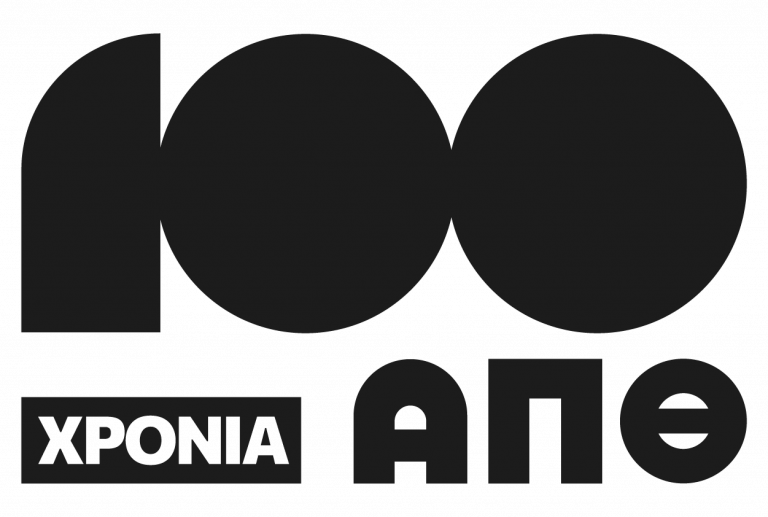The aim of the present study was to evaluate the impact of two Er,Cr:YSGG laser surface treatments on the repair bond strength of a dental CAD/CAM resin composite (Brilliant Crios) after artificial aging. Twenty-four resin-based CAD/CAM blocks were cut and 48 rectangular slabs (3 x 12 x 14 mm) were prepared. Preliminary SEM observations indicated the most favorable laser settings regarding surface modification of the tested restorative material. The CAD/CAM specimens were then divided into 4 groups (n=12) based on their surface pretreatment: no treatment, air abraded with 50-μm Al2O3 particles, and laser irradiated with two different protocols using Er,Cr:YSGG laser with average power 3.5 and 4.5 W, pulse repetition rate 35 and 50 Hz, and pulse energy 100 and 90 mJ, respectively. After surface treatments each group followed a bonding protocol with silane and a flowable resin composite was used to prepare 48 microrods. Half of the microrods of each group were subjected on shear bond strength (SBS) test (chisel-shaped blade, load cell of 500 N, crosshead speed of 1 mm/min) after 24 h, while the other half underwent artificial aging (15,000 cycles, 5-55 °C) and then SBS test. The debonded specimens were examined under an optical microscope to determine the failure mode. All specimens were also evaluated using SEM to assess the surface topography after the treatments. The results showed that SBS significantly decreased after thermocycling in all the experimental groups (p<0.05). Control group presented much lower SBS values than the other groups after both 24 h and thermocycling (p<0.05). The highest values of SBS exhibited air-abrasion group (p<0.05), followed by the two laser groups, which did not differ to each other (p>0.05). The results of the current study indicated that Er,Cr:YSGG laser irradiation can be an alternative treatment for repairing the tested resin-based CAD/CAM restorative material.

